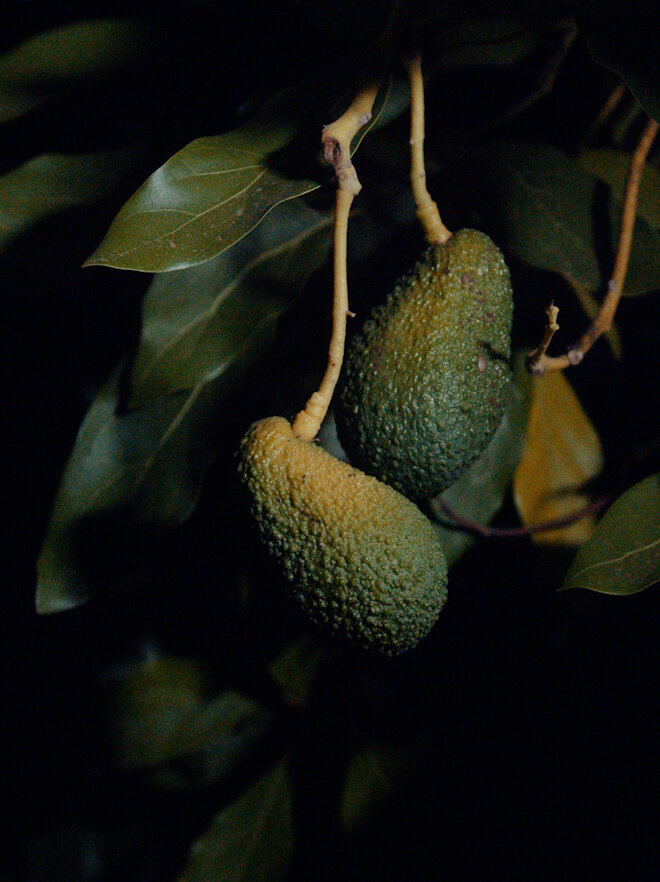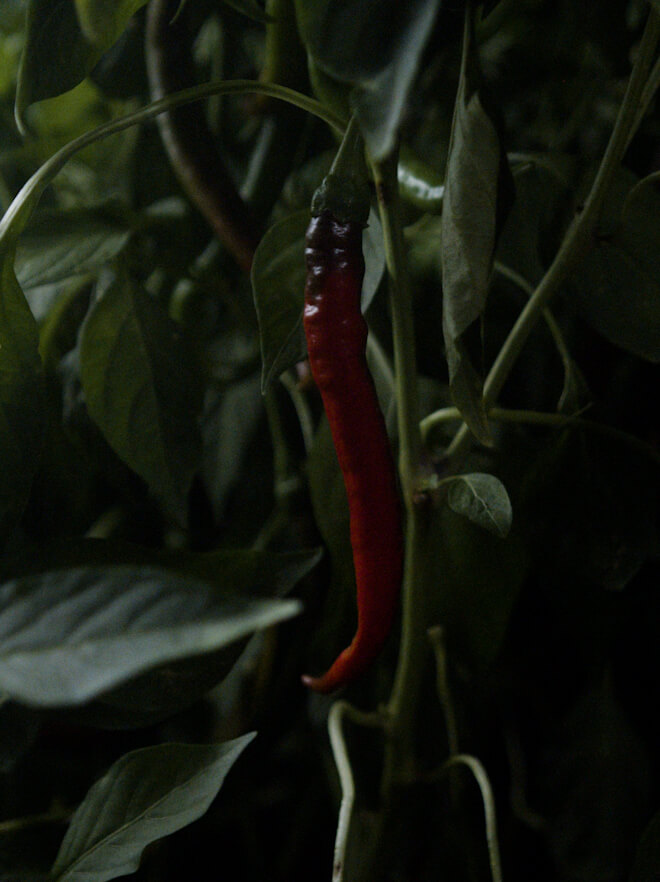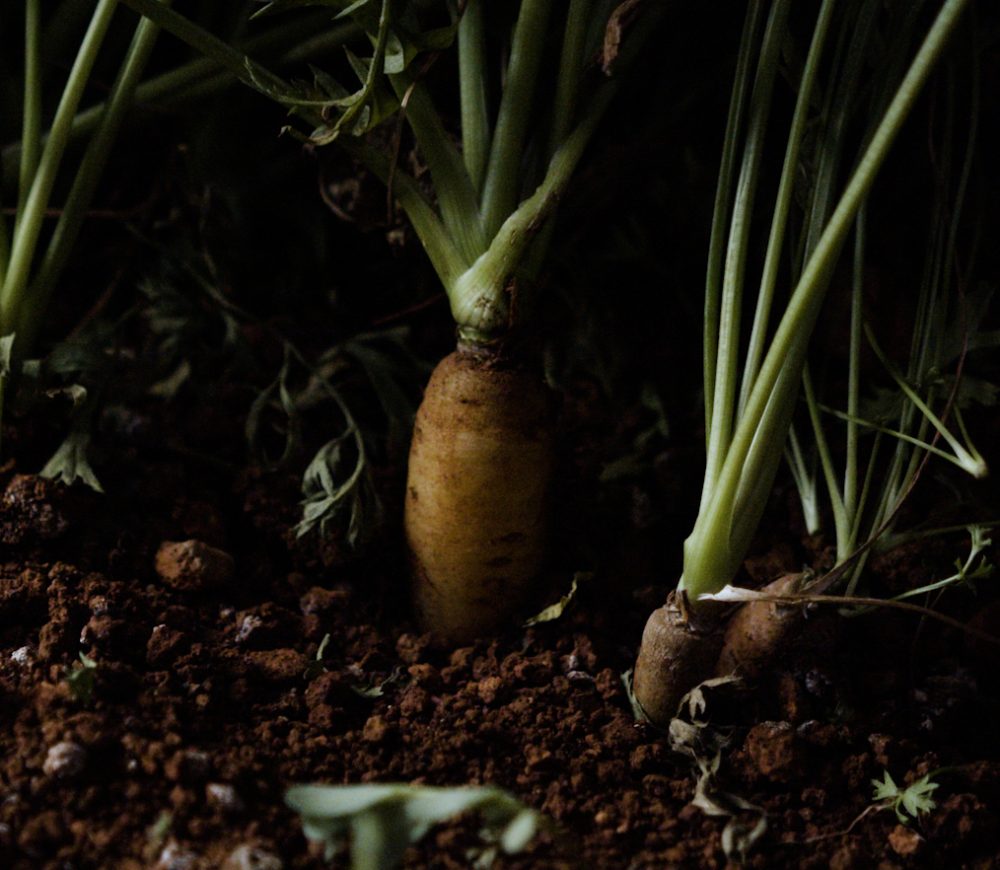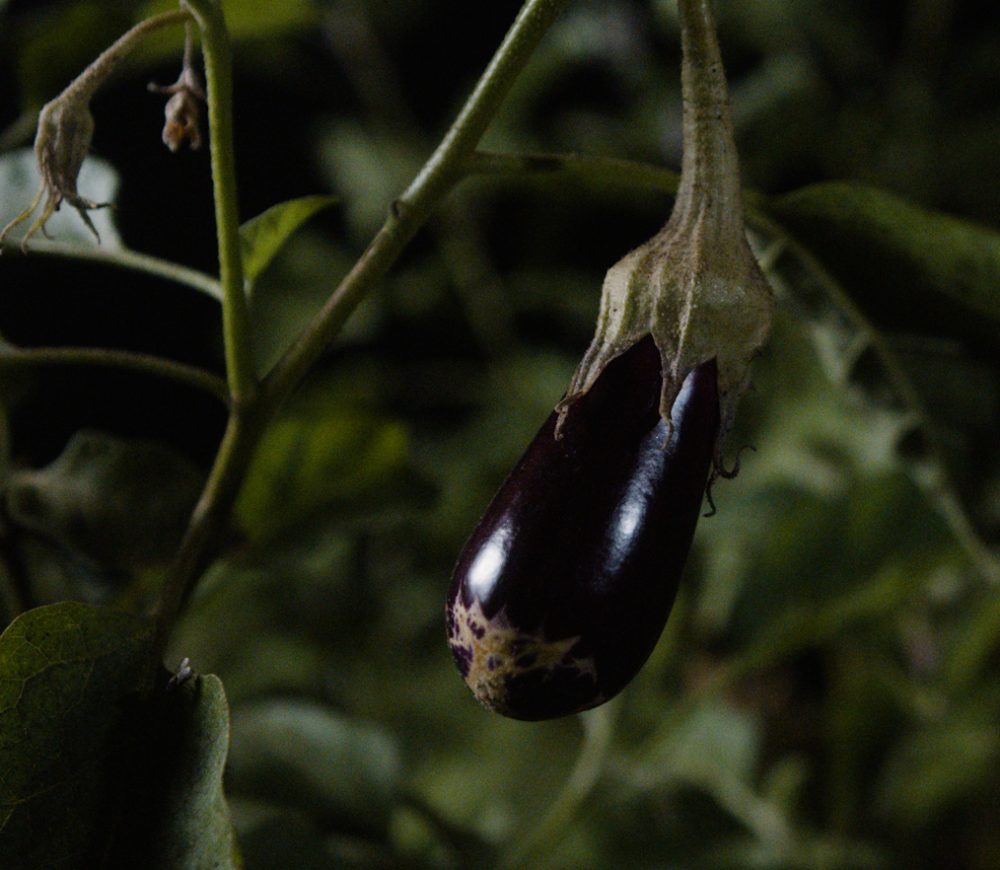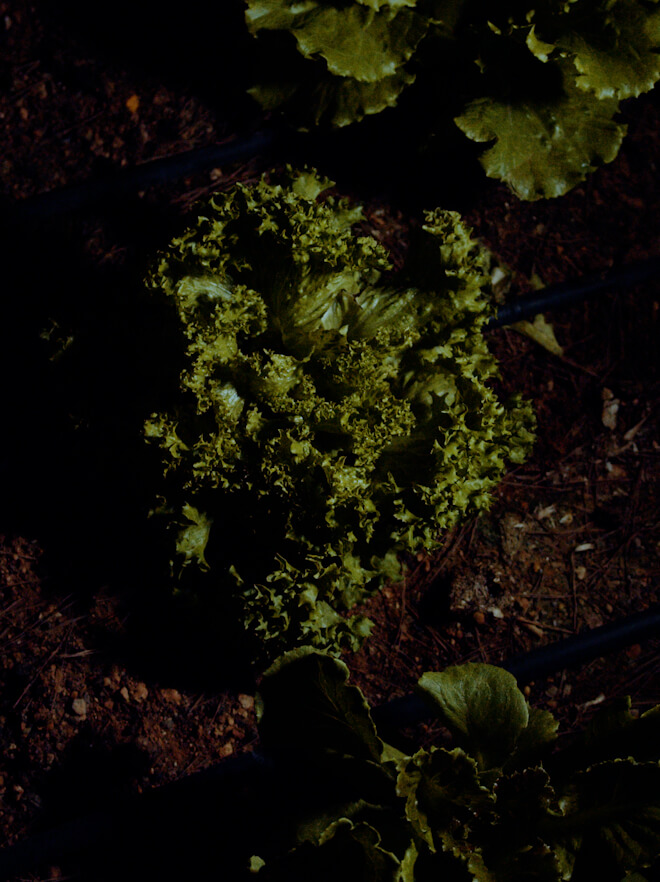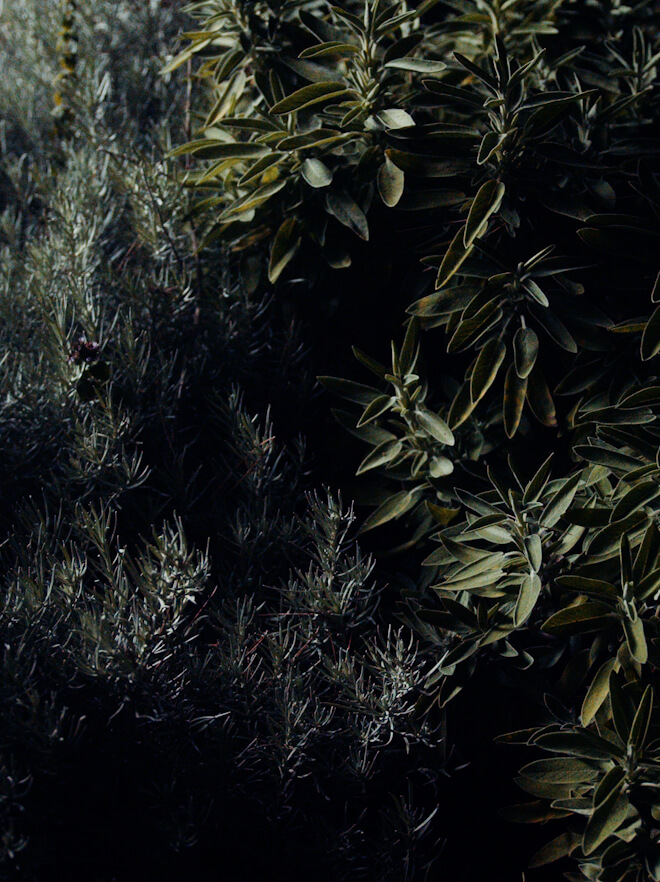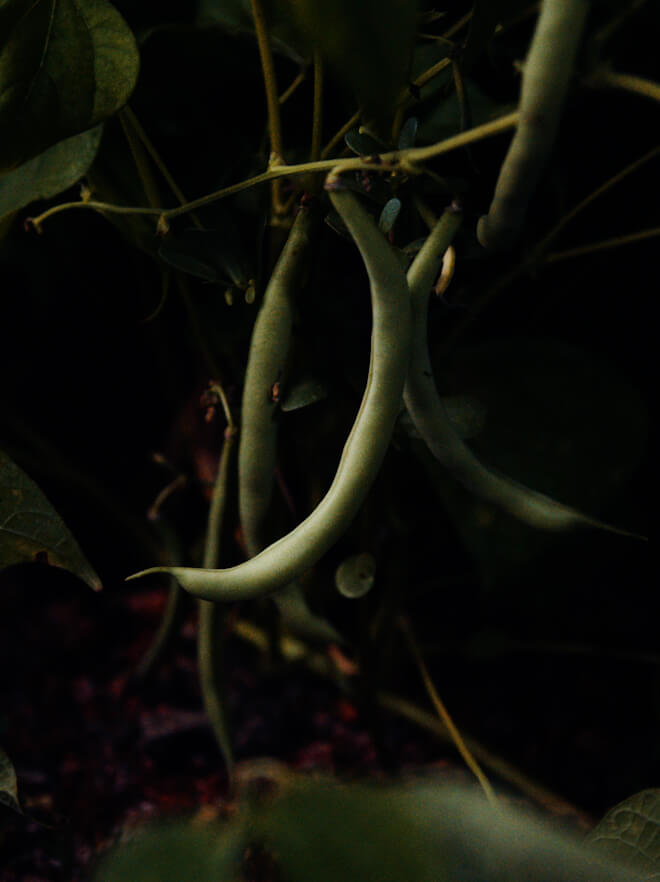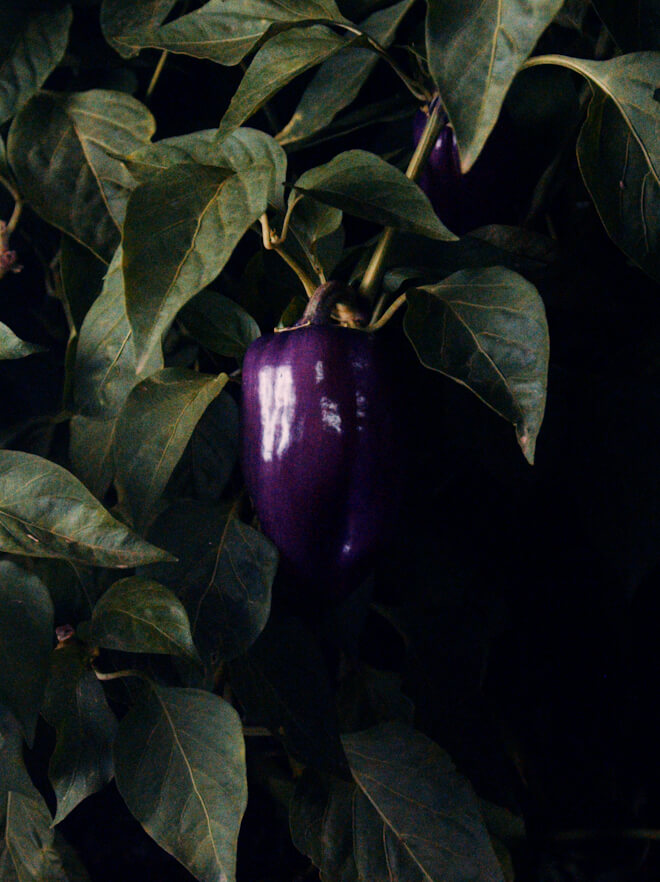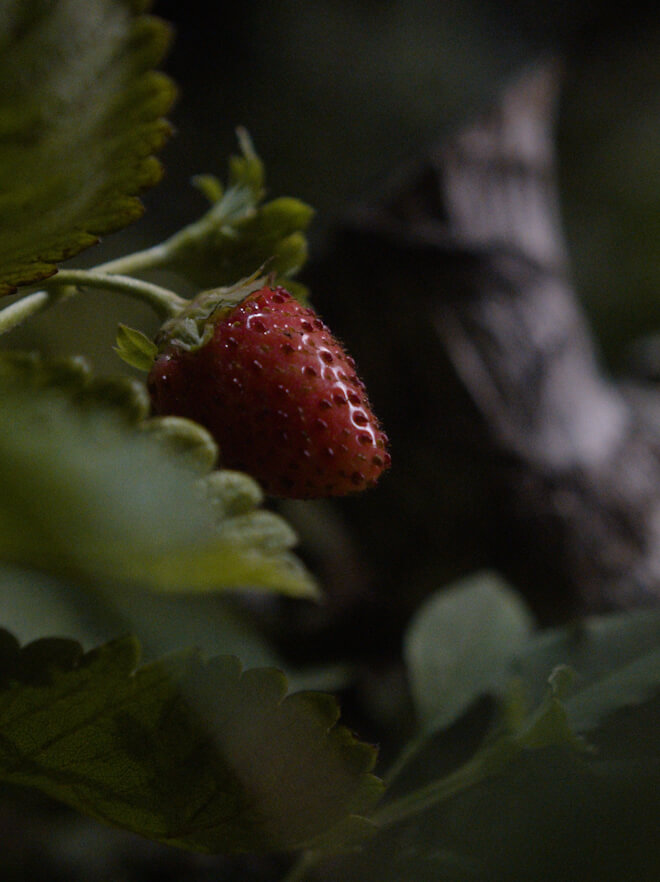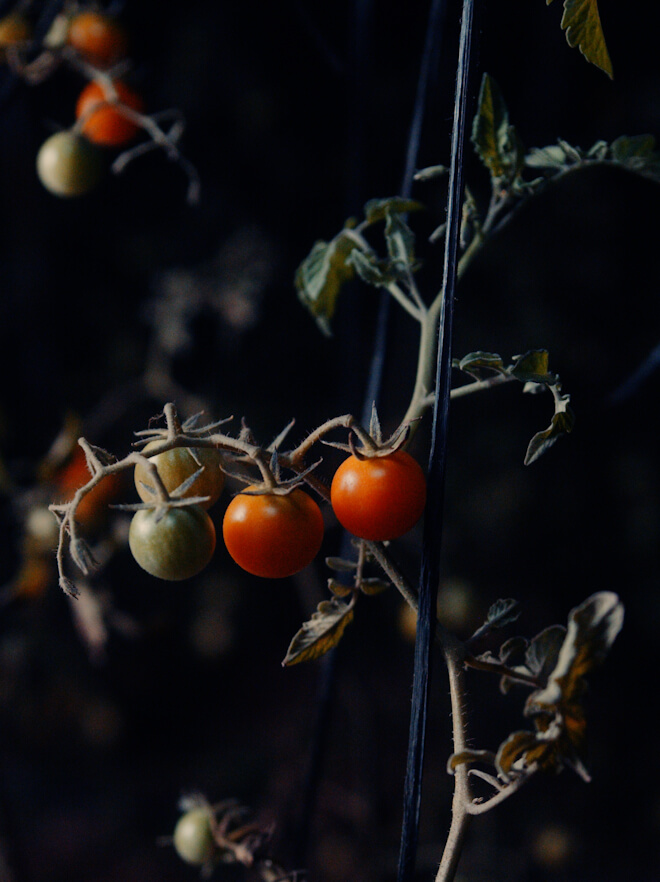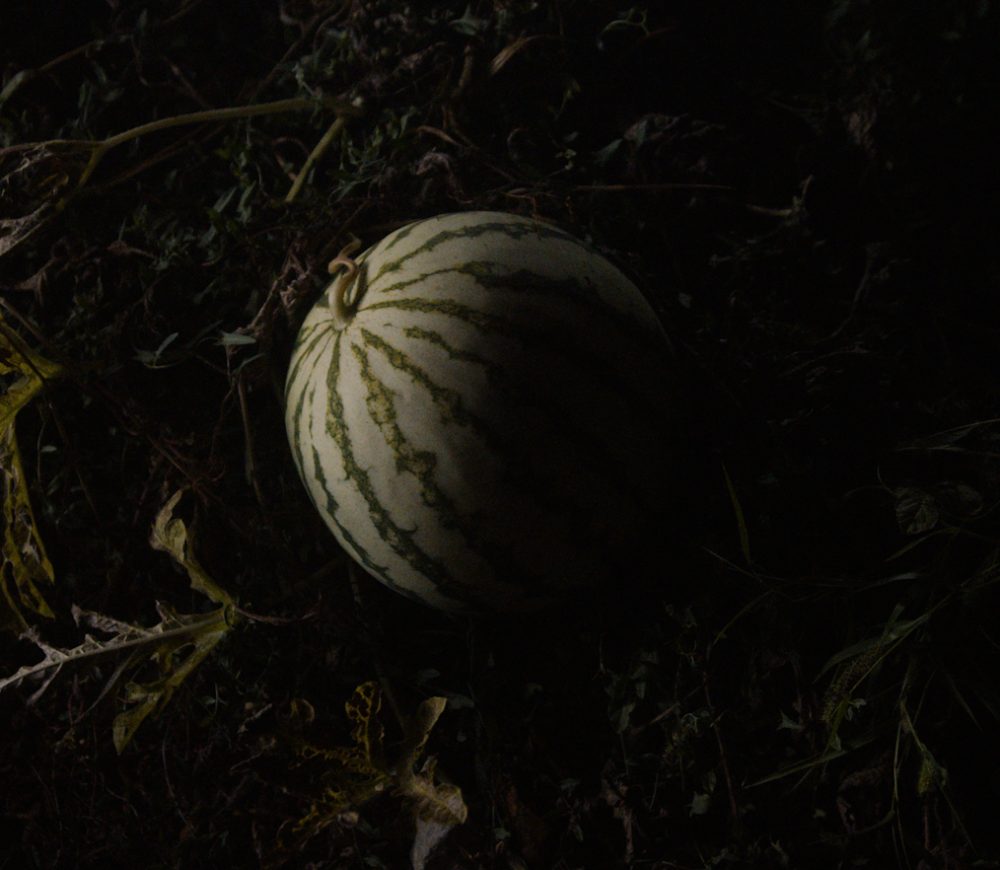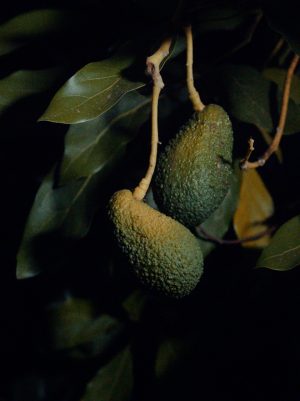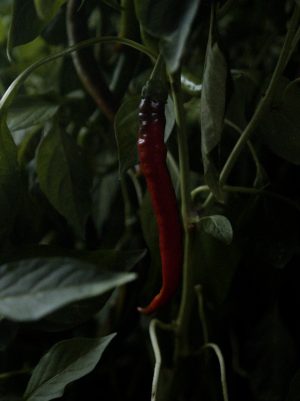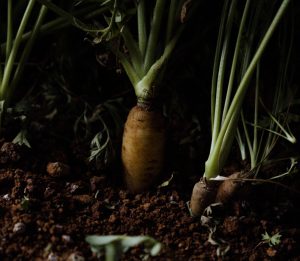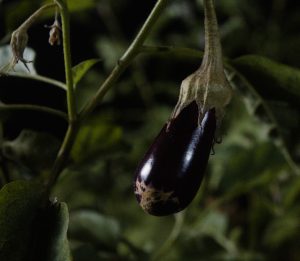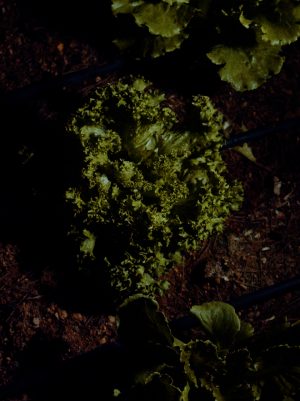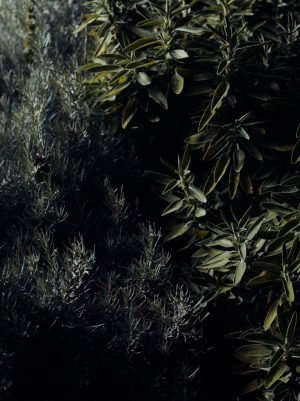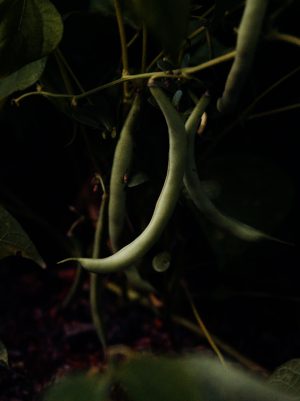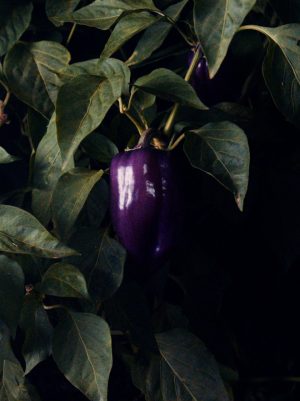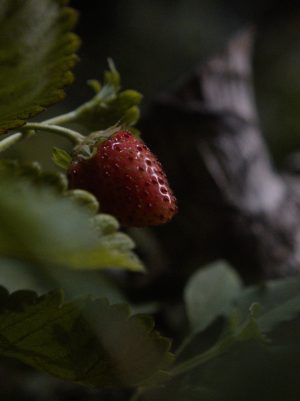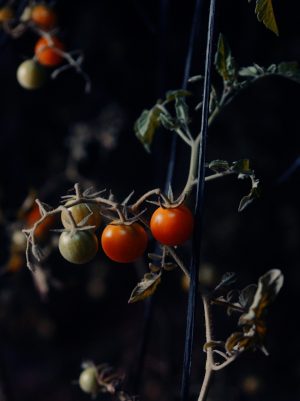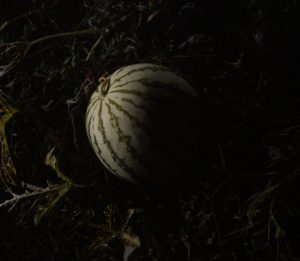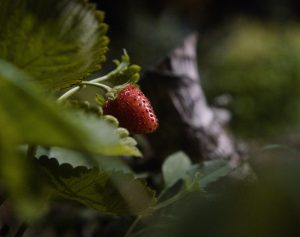
10
Strawberry
“I was definitely surprised at how well strawberries grow in Ibiza. I had always thought that it would be too hot, but it’s not. In the spring we have the most amazing strawberries,” said Andy of the juicy red berries that are packed with vitamin C, manganese and plant compounds that may benefit heart health and blood sugar control.
Though strawberries are typically thought of as dessert, said chef Eduardo Fiaschi, “we decided to use them in a different way, going for different tastes, so we started to ferment them.”
“We start with tomatoes, the cherry tomatoes, which are amazing as well here on the farm, but then we cut the flavor with these savory and acidic fermented strawberries,” added Eduardo, a Noma-trained chef who specializes in fermentation.
Diego Silva has been cooking at La Granja for four years.
Ripe strawberries are salted and placed in a vacuum-sealed plastic bag that then inflates like a balloon over the next several days as the lacto-fermentation process takes place. The fermented strawberries then become a crucial ingredient in one of Eduardo’s signature dishes, his interpretation of gazpacho.
01
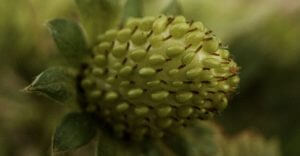



The fruit commonly known as the strawberry is actually the "garden strawberry," a hybrid species of the genus Fragaria, a flowering plant in the rose family. Wild strawberries originated in the Americas, but the first garden strawberry was grown in Brittany, France during the late 18th century.
02
![]()
![]()
A good source of manganese and potassium, strawberries are among the top 20 fruits in antioxidant capacity. Just one serving (about eight strawberries) provides more vitamin C than an orange.
03
![]()
![]()
Ripe strawberries should be harvested at least every other day and picked with the caps still attached and at least half an inch of stem left. They must remain on the plant until fully ripe, as they will not continue to ripen once picked.
04
![]()
![]()
Used medicinally in ancient Rome, wild strawberries were cultivated in France in the 14th century. In the early 15th century, western European monks used the wild strawberry in their illuminated manuscripts. It was also used to treat depressive illnesses.
05
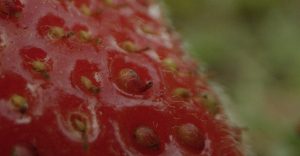



Each of the "seeds" on the outside of the strawberry is actually an achene, a dry fruit containing a seed. On average, a strawberry has about 200 of these on its external membrane.
06
![]()
![]()
To make his fermented-strawberry gazpacho, Eduardo salts the ripe strawberries and pours them into a vacuum-sealed plastic bag.
07
![]()
![]()
Over the next several days, the bag then inflates like a balloon as the lacto-fermentation process takes place.
08
![]()
![]()
The solid parts of the strawberries go into the gazpacho and the liquids are reserved as a juice. “We offer it to the guests instead of the wine pairing for those who don’t want alcohol. We have a little selection of a vegetable and fruit juices, and the first one is a fermented strawberry,” said Eduardo.
09
![]()
![]()
“Gazpacho is very typical in Spain. It’s garlic, onion, tomato and vinegar, that's it,” said Eduardo. “So we don’t like to call ours gazpacho for this reason. It’s a La Granja cold soup, and it changes a lot, depending on the season."
010
![]()
![]()
"The base is tomatoes because we want to keep the tradition as well. But we kind of cut and paste with the things that are around," said Eduardo. "Sometimes we'd go with cherries or a white melon, the melonoriso, which is very typical here from the Island, and so on. We kind of follow the landscape as much as we can.”
Avocado
- Originated in south-central Mexico
- May help to ward off cancer and inflammation and assist digestion and heart health
- Harvested from late spring to early fall
- 4-7 years seed to harvest
Chili
- Originated in Mexico
- May help promote weight loss and relieve pain
- Grown in summer
- 60-95 days seed to harvest
Carrot
- Originated in Persia
- Improves health of eyes, skin, hair, growth, and immune system
- Grown year round
- 60-80 days seed to harvest
Eggplant
- Originated in southern Asia
- Strengthens bones, reduces symptoms of anemia, improves cognition and cardiovascular health, protects the digestive system
- Grown in summer
- 100-150 days seed to harvest
Greens
- A great source of beneficial plant compounds like antioxidants and polyphenols
- Strengthens heart health, lowers risk for numerous chronic diseases
- Grown year round
- 2-3 weeks seed to harvest
Herbs
- Rich with unique antioxidants, organic compounds, essential oils, vitamins and phytosterols
- Antiseptic and anti-inflammatory properties
- Thought to strengthen immunity and reduce risk of various diseases
Green Bean
- Originated in Peru
- Contains vitamins A, C, K, folic acid and fiber
- Supports brain health, repairs cell damage and strengthens bones
- Grown in summer
- 50-55 days seed to harvest
Lavender
- Originated in the Mediterranean and Middle East
- Antiseptic, anti-inflammatory, can help heal minor burns and insect bites
- Grown in summer
- 14-21 days from seed to harvest
Pepper
- Originated in the Americas
- Improves eye health and reduces risk of cancer, anemia and heart disease
- Grown late spring to early fall
- 60-90 days seed to harvest
Strawberry
- Originated in the Americas
- Contributes to skin and hair health, reduces the risk of cardiovascular disease and stroke
- Grown in spring
- 5 months to a year or more seed to harvest
Tomatoes
- Originated in the South American Andes
- Improves heart and skin health, may prevent cancer and other diseases
- Grown late spring to summer
- 60-80 days or more seed to harvest
Watermelon
- Originated in Africa
- Improves heart and eye health, lowers inflammation, assists with digestion and hydration
- Grown in summer
- 80 days seed to harvest
Contact
Berlin
Zur Alten Flussbadeanstalt 1
10317 Berlin, Germany
10317 Berlin, Germany
LISBON
Largo de Santa Marinha 1
1100-383 Lisbon, Portugal
1100-383 Lisbon, Portugal
Website by Studio Airport
